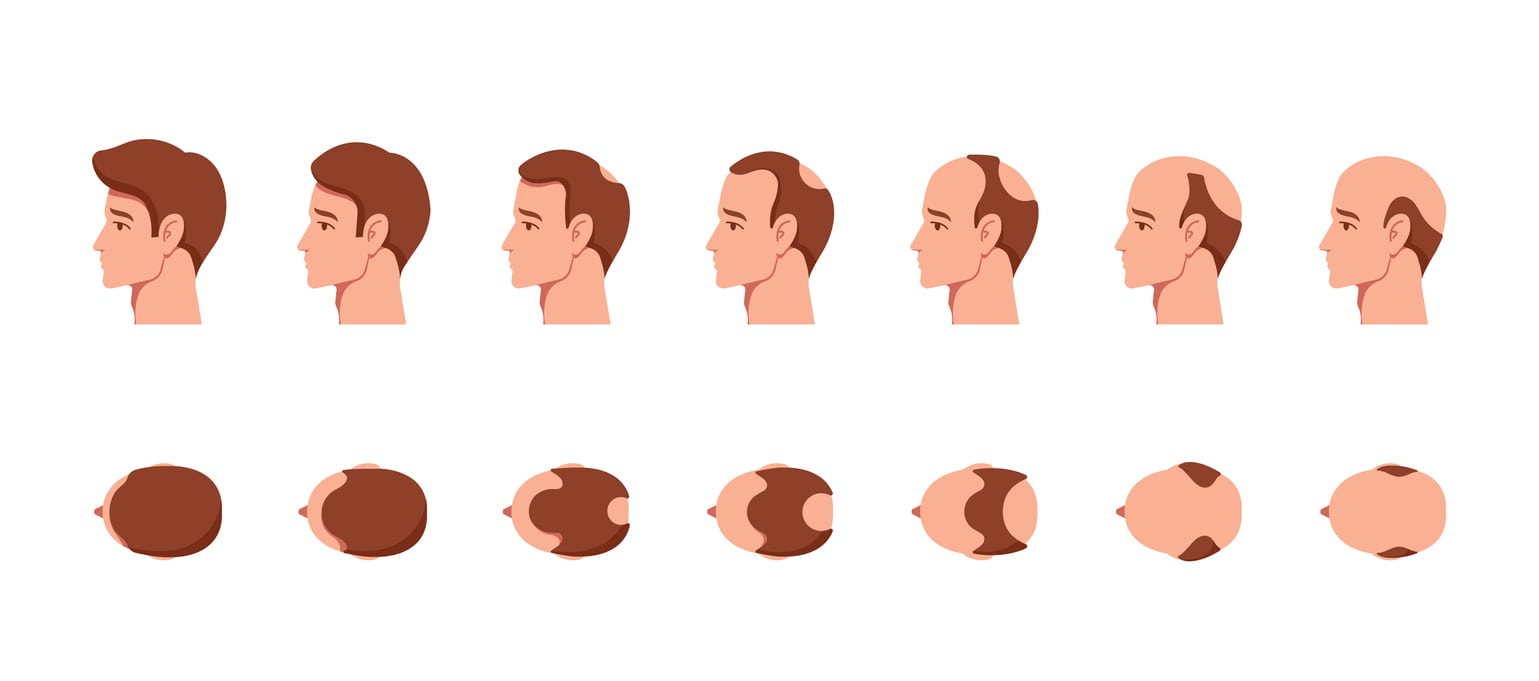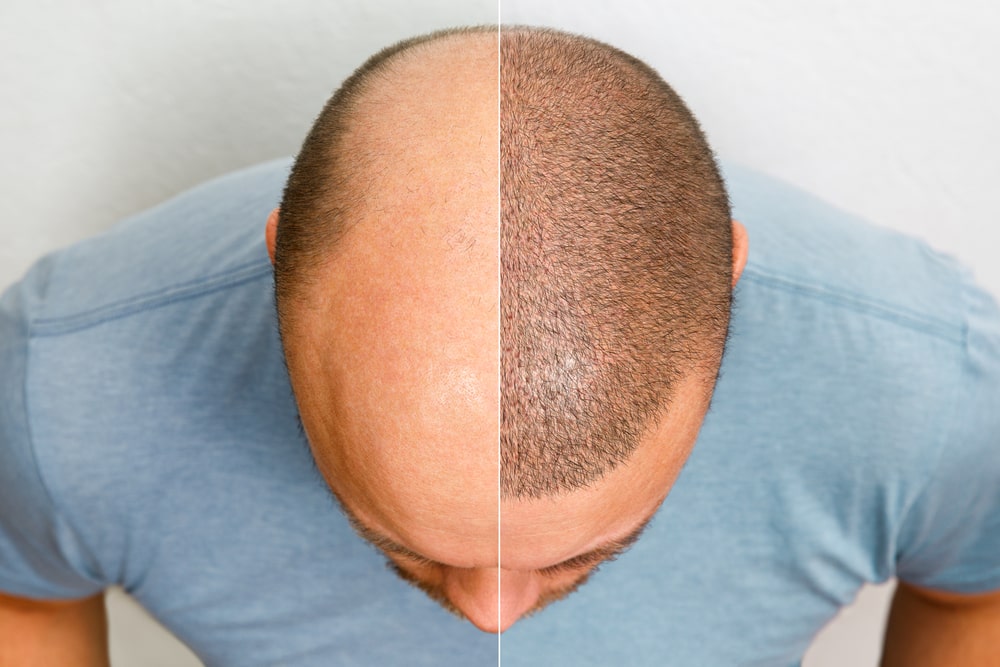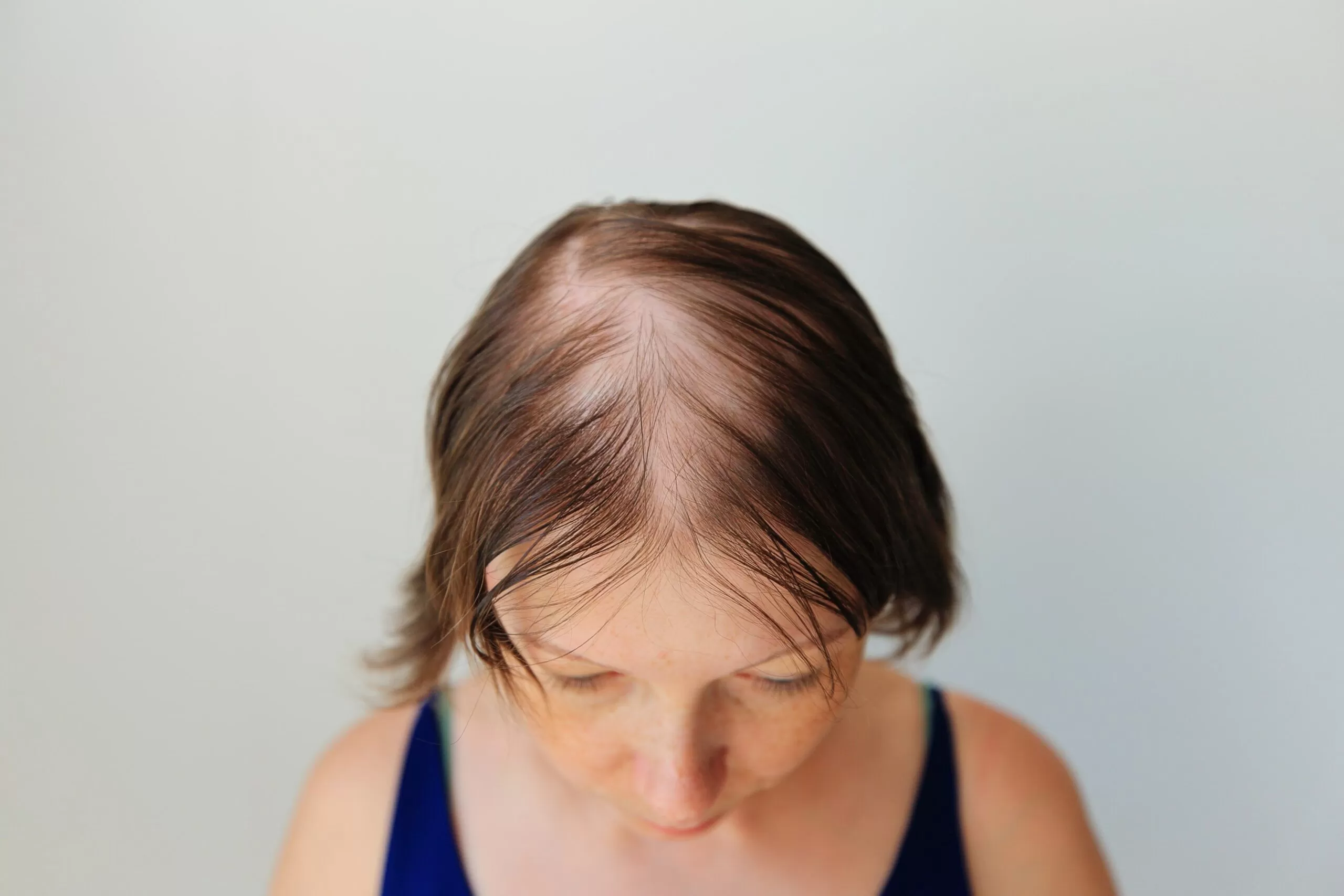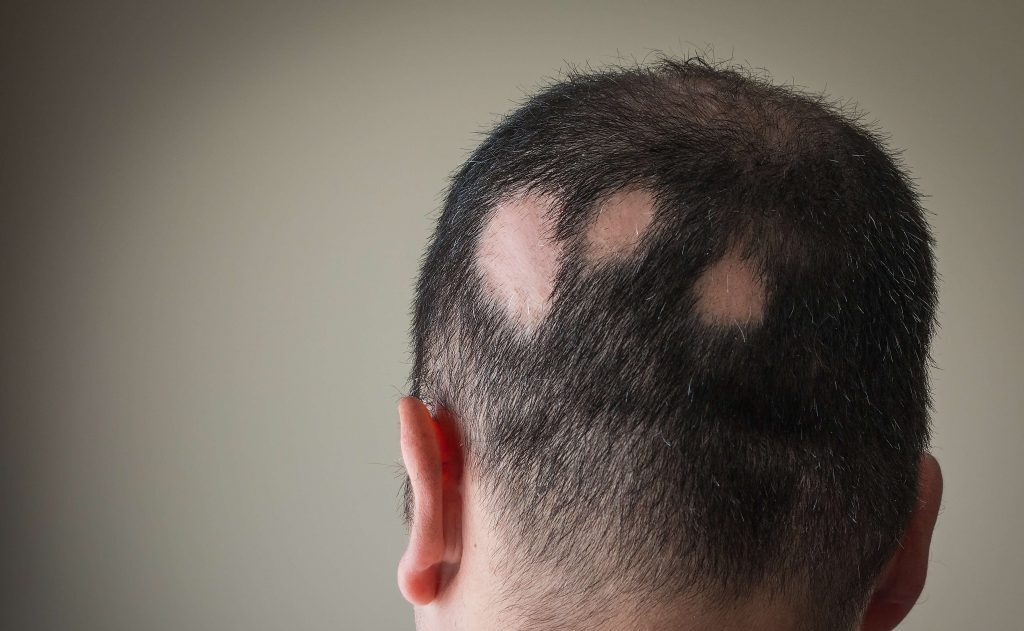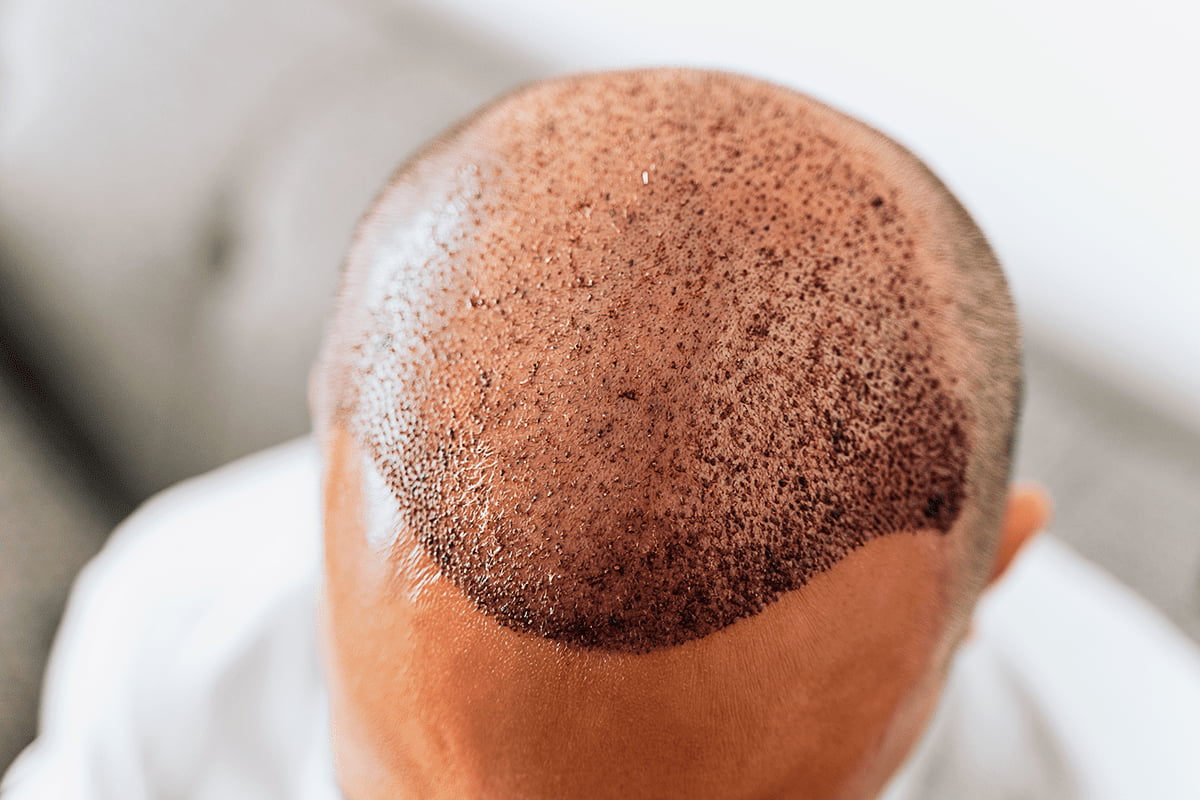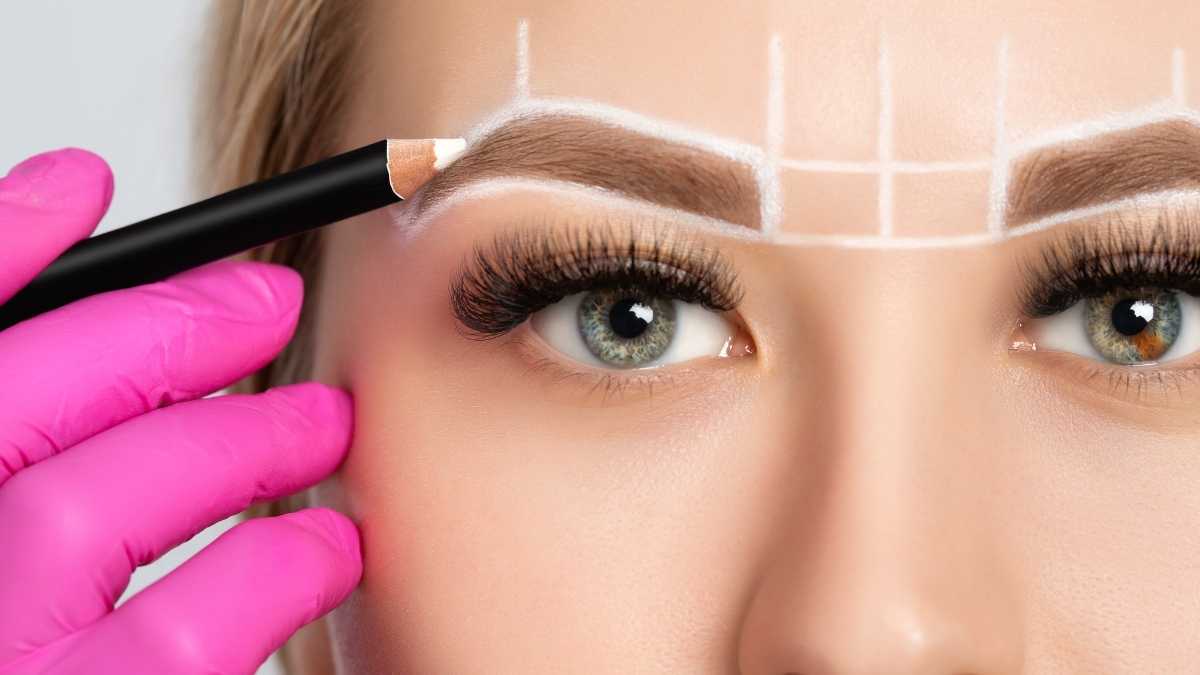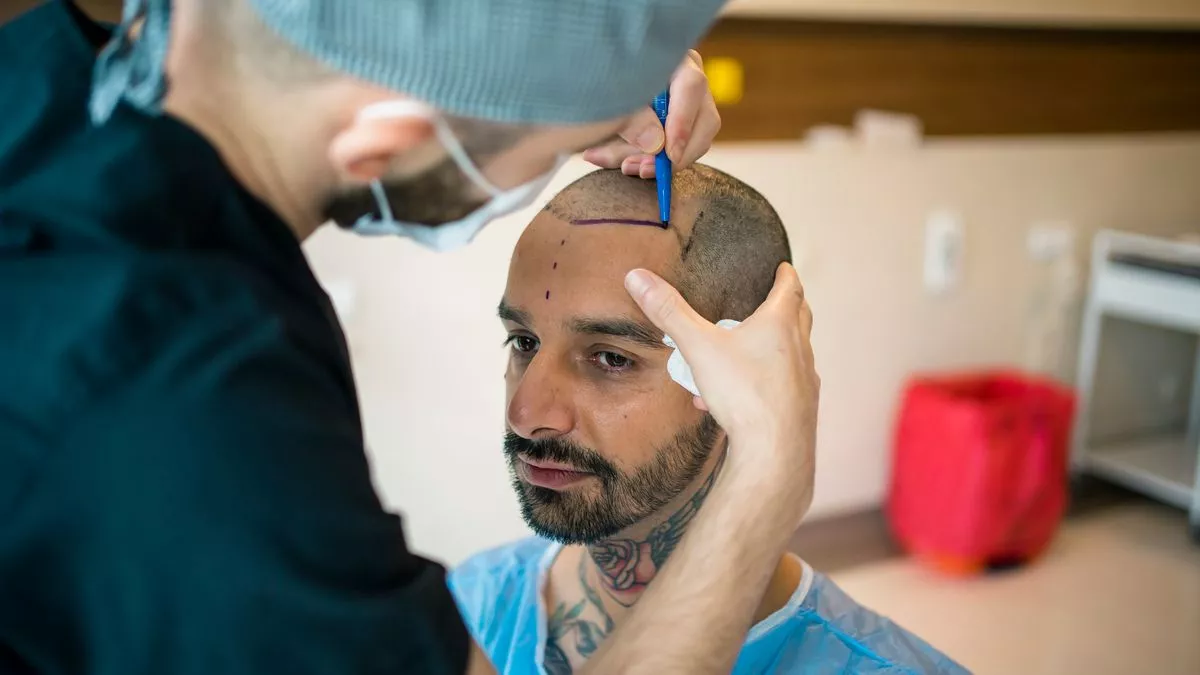The Norwood–Hamilton scale is a widely accepted classification system for androgenetic alopecia in men. It helps determine the degree of hair loss and choose the optimal treatment strategy. This scale is used by trichologists, dermatologists, and hair transplant specialists worldwide.
Understanding your stage according to the Norwood–Hamilton scale allows you not only to assess the level of hair loss but also to predict the further progression of the condition.
Causes of Androgenetic Alopecia in Men
In most cases, male pattern baldness occurs due to the effect of the hormone DHT (dihydrotestosterone), which negatively impacts hair follicles.
The main factors include:
- Heredity
- Hormonal characteristics
- Impaired microcirculation of the scalp
- Follicular sensitivity to DHT
- Stress, lifestyle, and accompanying factors
As a result, follicles become miniaturized, hair becomes thinner, weaker, and gradually stops growing.
Stages of Baldness According to the Norwood–Hamilton Scale
The Norwood–Hamilton scale consists of seven stages describing the progression of androgenetic alopecia.
Stage I
Minimal changes. The hairline remains almost unchanged. Hair loss is visible only during examination.
Stage II
First receding areas appear in the temples. This marks the beginning of the characteristic M-shaped hairline.
Stage III
The receding areas become deeper and more visible. This is the most common stage when men consult a trichologist after noticing significant hair thinning.
Stage IV
Noticeable thinning in the frontal area, with further deepening of the receding hairline and early thinning on the crown.
Stage V
The frontal and crown areas become more exposed, separated by a thin band of hair.
Stage VI
Hair loss affects most of the top of the head. The dividing band disappears, merging into one large bald area.
Stage VII
The final stage. Hair remains only in a “horseshoe” pattern on the sides and back of the head. The only effective restoration method is hair transplantation.
How the Degree of Baldness Is Determined in a Clinic
Modern clinics use the following diagnostic methods:
- Trichoscopy
- Photographic documentation
- Dermatoscopy
- Computerized analysis of hair density and thickness
These methods allow the doctor to accurately determine your stage according to the Norwood–Hamilton scale and create a personalized treatment plan.
Treatment Methods at Different Stages
Stage of Baldness:
I–II – Recommended Methods: PRP therapy, mesotherapy, medical treatment
III–V – Recommended Methods: Combined methods (medication + injection therapy)
VI–VII – Recommended Methods: Hair transplantation — the most effective option
At advanced stages, medication can only slow the process but cannot restore hair density, making transplantation the only effective solution.
Why Men Choose Hair Transplantation
Hair transplantation offers the opportunity to:
- Fully restore the hairline
- Regain natural density
- Achieve a lifelong result
- Boost confidence and self-esteem
Modern techniques, such as FUE, provide highly natural results without scarring and with minimal recovery time.
Hair Transplantation in Ukraine at MHT Clinic
MHT Clinic specializes in hair transplantation in Ukraine, using modern technology and a personalized approach.
Based on the Norwood–Hamilton scale, we determine the stage of baldness and develop a customized treatment plan for each patient.
Conclusion
The Norwood–Hamilton scale is a fundamental diagnostic tool for male hair loss and a key to selecting the right treatment approach.
The earlier therapy begins, the higher the chances of preserving your natural hair and preventing severe baldness.
If you notice early signs of alopecia, schedule a consultation with the specialists at MHT Clinic.
